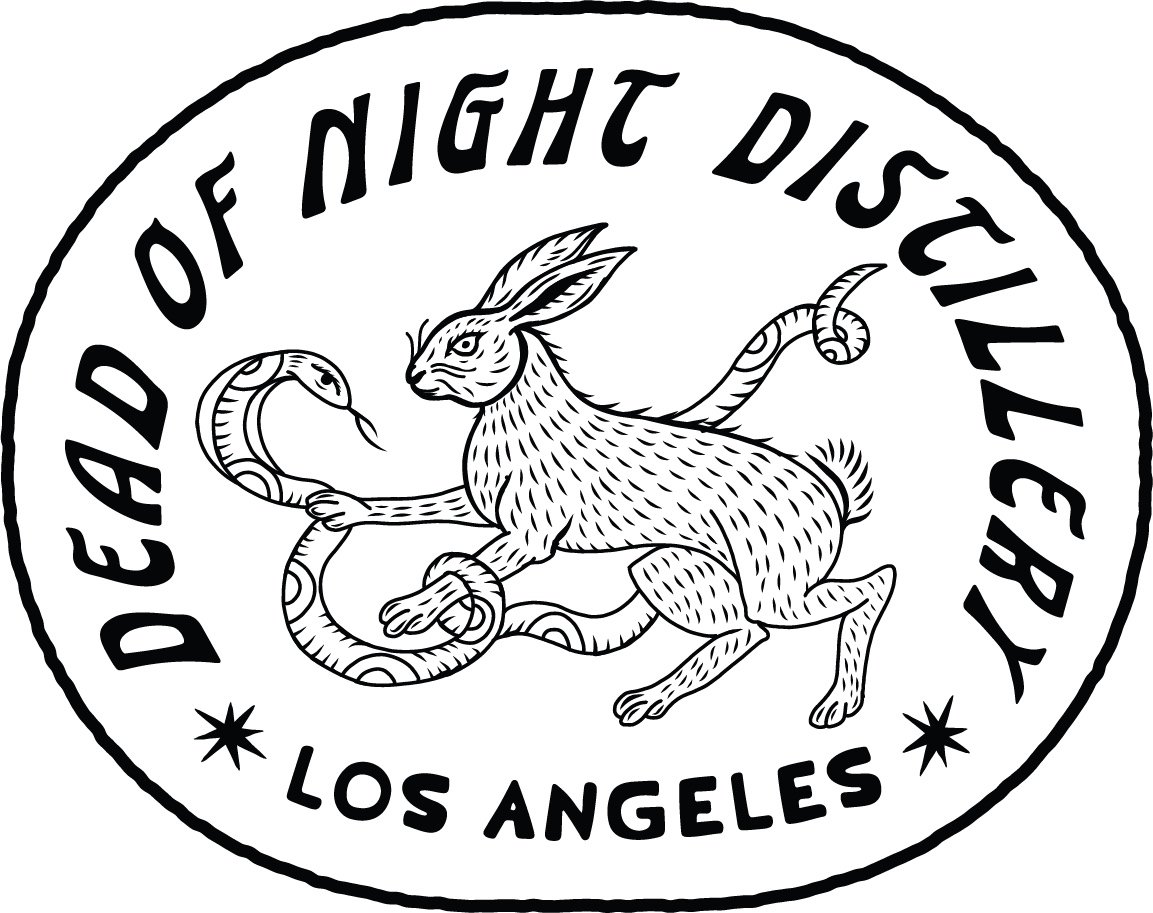Southern California's History of Bootlegging
Southern California, often celebrated for its picturesque landscapes and Hollywood glamour, has a shadowed past that thrived in the hidden corners of its cities and landscapes during the era of Prohibition. The 1920s and early 1930s saw an explosion of illegal alcohol production and distribution, giving rise to a vibrant and secretive world of bootlegging. In this article, we delve into the history of bootlegging in Southern California, where hidden distilleries and smugglers reigned.
Prohibition Era:
The nationwide ban on the production, sale, and transportation of alcoholic beverages, known as Prohibition, began in 1920. While intended to reduce crime and social problems, it had the unintended consequence of fueling the growth of illegal liquor trade.
Rum Row and Smugglers:
Southern California's extensive coastline made it a hotspot for smuggling operations. The Pacific Ocean became the setting for "Rum Row," where daring rumrunners smuggled alcohol from ships anchored offshore. This coastline, with its many coves and secluded beaches, offered ideal landing spots for smuggling boats.
Hidden Speakeasies:
Speakeasies, secret bars that operated covertly, flourished across Southern California. Many were hidden in plain sight, often behind unassuming storefronts or disguised as soda shops. Celebrities and ordinary citizens alike frequented these illegal establishments, enjoying illicit drinks and live jazz music.
Moonshiners in the Hills:
In the rugged hills surrounding Los Angeles, moonshiners set up hidden distilleries. The remote canyons and valleys provided ideal cover for illegal alcohol production. Families with secret recipes and stills crafted moonshine, evading law enforcement for years.
Crime Syndicates:
Organized crime syndicates like the Italian-American Mafia and Jewish mobsters played significant roles in bootlegging operations. They controlled the production, distribution, and protection of illicit alcohol, often through violent means.
End of Prohibition:
Prohibition ended in 1933 with the ratification of the 21st Amendment, which repealed the 18th Amendment. Legal alcohol production resumed, and many bootleggers transitioned to legitimate businesses. Some speakeasies went out of business, while others adapted and continued to thrive as bars and clubs.
The history of bootlegging in Southern California is a testament to human ingenuity and resilience in the face of restrictive laws. It gave rise to hidden worlds of speakeasies, moonshiners, and smugglers, leaving an indelible mark on the region's cultural history. Today, the echoes of that era can still be felt in the remnants of historic speakeasies and stories passed down through generations, reminding us of a time when spirits flowed freely in defiance of the law.
